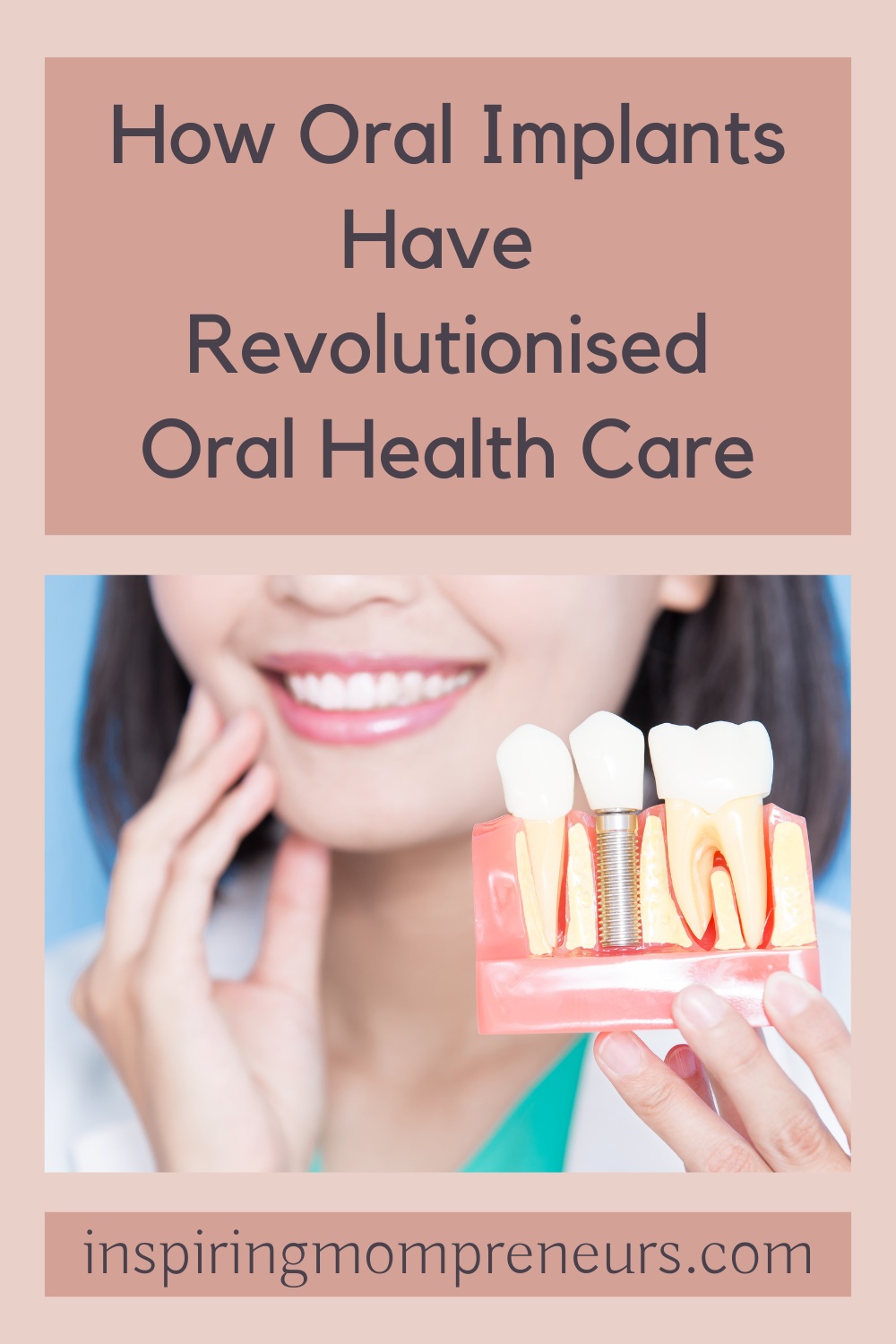How Oral Implants Have Revolutionised Oral Health Care
Dental implants Herefordshire uses a revolutionary technology that has changed the way we think about and treat missing teeth.
The implant acts as a foundation for a replacement tooth.
The implant fuses with the bone (osseointegration) over time, creating a strong and stable foundation for the replacement tooth.
The advantages of oral implants
Oral implants offer several advantages over traditional treatments for missing teeth, such as bridges and dentures. One of the biggest advantages is that dental implants look and function like natural teeth.
They are permanent and do not need to be removed for cleaning or sleeping.
Additionally, implants do not rely on neighbouring teeth for support, which means that they do not have to be altered or damaged to place the implant.
Another advantage of oral implants is that they can help preserve the jawbone. When a tooth is missing, the jawbone begins to atrophy, or shrink, over time.
This can lead to a loss of facial structure and a sunken appearance. The implants stimulate the jawbone, helping to preserve its shape and strength.
 Who can benefit from implants?
Who can benefit from implants?
Oral implants are a versatile treatment option and can benefit anyone who is missing one or more teeth. They can be used to replace a single missing tooth or several missing teeth. They can also be used to support a denture, providing a more stable and secure fit.
Oral implants are also a great option for people who are not good candidates for traditional bridges or dentures.
For example, people with a history of jaw problems or a low bone density may not be able to have a traditional bridge placed.
Oral implants, however, can be placed in the jawbone, providing a stable foundation for a replacement tooth.
The future of implants
Implants have come a long way since they were first introduced in the 1960s. Today, implants are a widely accepted and highly successful treatment option for missing teeth.
And the future of implants is even more exciting. Researchers are currently exploring new materials and techniques that could make them even more successful and long lasting.
One area of research is the use of zygomatic implants. These are longer implants that are placed in the cheekbone rather than the jawbone. This can be a good option for people who have a low jawbone density and are not good candidates for traditional implants.
Another area of research is the use of 3D printing technology to create custom implant abutments, or connectors. This technology can help improve the fit and function of the implant and reduce the need for multiple surgeries.
In conclusion, oral implants have changed the way we think about and treat missing teeth. They offer a permanent and natural-looking solution that can preserve the jawbone and improve overall oral health.
With the ongoing research and development, the future of oral implants is even more promising. If you’ve put up with missing teeth for a long time, talk to your dentist about whether dental implants are the right option for you.
Read more: Caring for Dental Implants
Editor’s Note: When I read posts like these, I feel really grateful to be born in this age. When you go back and look at the history of oral implants we have come a long way.
Now that I’m nearing 50, these advances in Science and Technology become more and more interesting to me. I remember how awkward I always felt about my Grandparents dentures next to the bed. My Gran had this thing about never letting anyone near her dentures and as a child they kind of grossed me out, anyway.
How amazing to think that, thanks to modern science, I may never need dentures, even if I live to 96 like she did. Now that’s a revolution I can support. 😉


